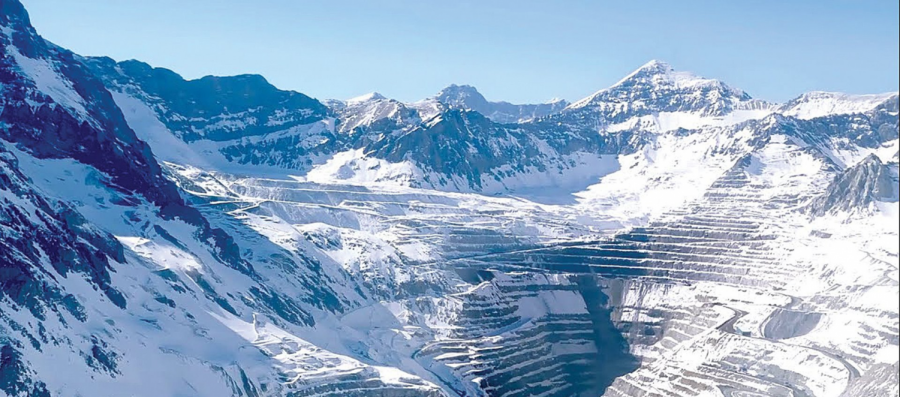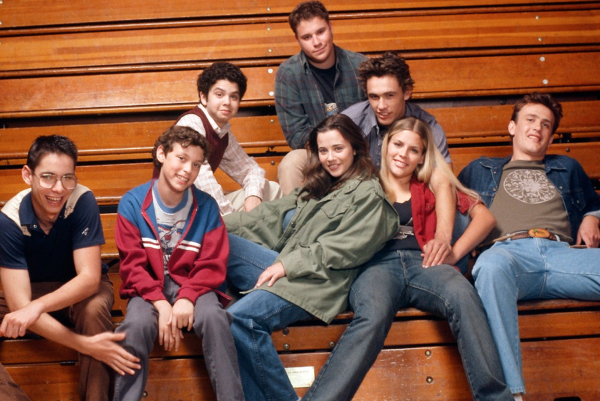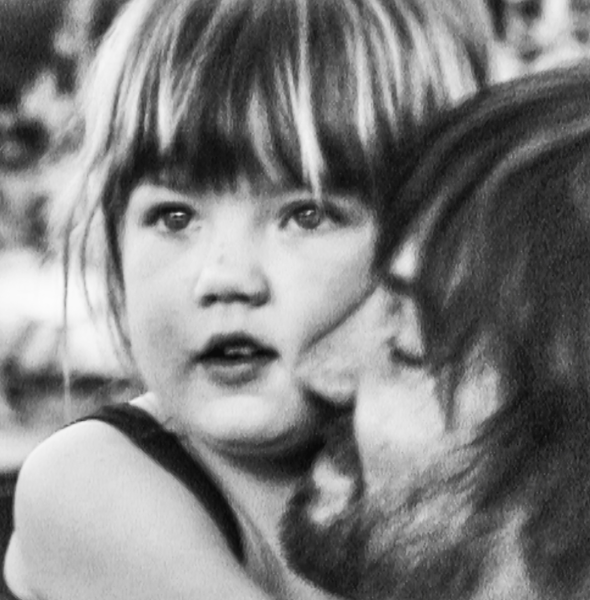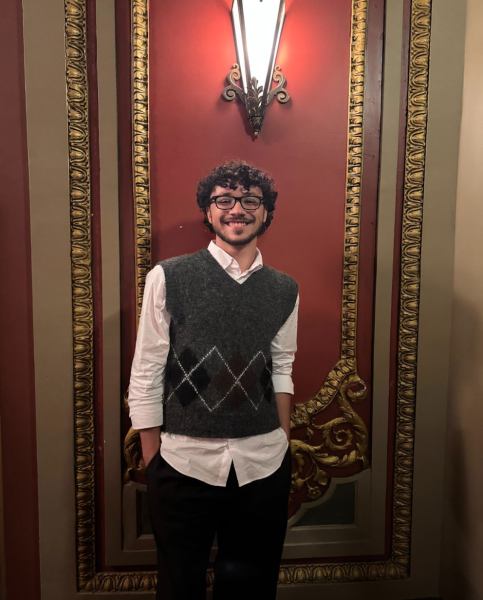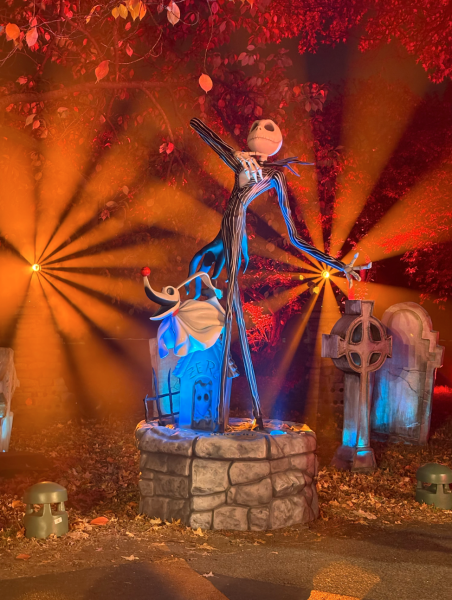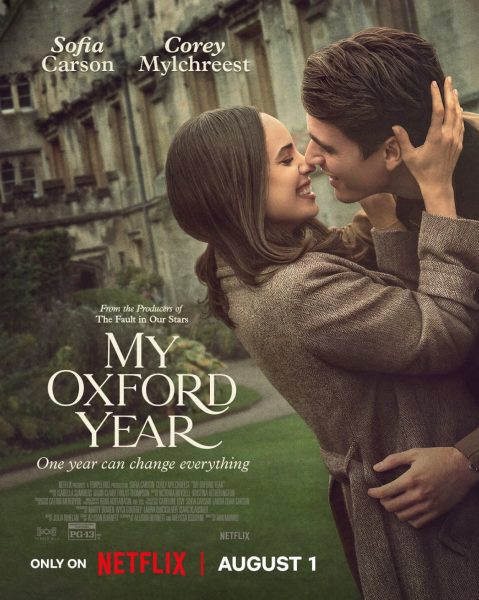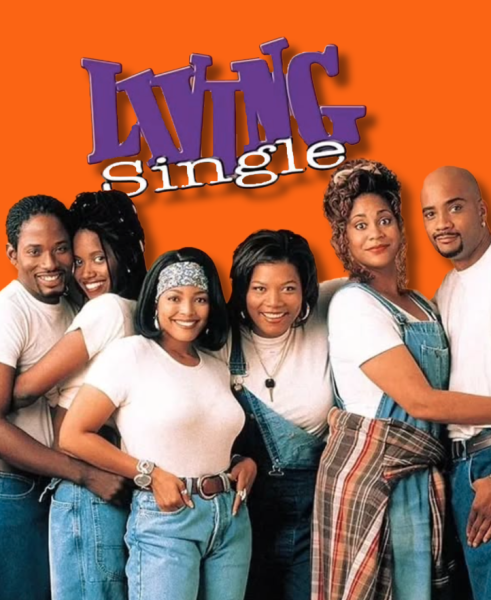“The Cordillera of Dreams” Explores Heartbreak of Political Trauma
“The Cordillera of Dreams” takes its meaning from the Spanish term for mountain range, but it’s not much of a film for hikers or geologists. In spite of the wide shots of snowy Andean peaks, director Patricio Guzmán remains focused on telling the human story, one about Chilean revolutionaries and dictators waging war in the shadows of the tall mountains.
The film begins with bird-eyed imagery of the vast Andes mountains that surround Chile’s capital of Santiago. These large pictures are interspersed with interviews of a collection of mostly visual artists who use the Cordilleras as muses for their art. The juxtaposition of the windy majesty of the Cordillera and the noisy bustle of Santiago street life creates a rhythmic pattern. Whenever Guzmán has had enough of one, he brings in the other.
After a whole lot of waxing lyrical over the mystical art-giving properties of the Andes, the film ends its innocent prologue and marches toward the true understanding it has of the Cordillera: a witness to a bloody Santiago. In 1973, Santiago saw a coup d’état against its socialist leader, and in the following decades, it saw repression, torture and protest under the dictatorial order of Augusto Pinochet.
“If these cobblestones could speak, they’d talk of the blood that ran over them,” narrates Guzmán.
The film darkens almost at the drop of a hat, veering away from an awed reverence for the Cordillera and toward the politically-informed hope placed in them. Guzmán’s mountains serve as the site of his fortress of solitude, his vantage point, figuratively, if not literally. They are higher than any petty squabble, and in their enormous dignity, they somehow judge the human drama that plays out below.
“The Cordillera of Dreams” is a historical movie, but knowing the details — the broadstrokes are more or less explained — is not as important. The emotion of Guzmán and those he interviews is far more convincing and interesting than any comprehensive account could hope to be. It’s a seriousness so forceful that it runs the risk of becoming metaphorically heavy-handed.
For instance, during one scene, the camera slowly zooms in on an elaborate patchwork of cracks strewn across the door of a rusting car, all while Guzmán narrates in painstakingly slow Spanish, as if giving an object lesson about the labyrinthine nature of the Chilean political scene. In a later sequence, the camera pans out from a lonesome climber struggling up a cliff face while the narration turns to pontificate about the isolation and alienation felt by a generation of Chileans growing up in the ’70s. Even with its excess, this seriousness always invites attention, and despite the silence of the mountains and the age of the protest footage Guzmán digs up, the film never becomes a dull monologue or lecture.
Part of the reason for this is that there is more than politics in Guzmán’s emotion. The Cordillera is more than a spectator to violence: it is a constant during that violence, too — a solid backdrop to a changing Chilean childhood. A deep mournfulness forms a tangible layer over the whole of the film, serving as a sad foil to the urgency of its politics. The transition from the early scenes of mountain worship to the blood-soaked history of the coup is marked by a definite scene in which Guzmán films through a long shot the tattered, graffiti-tagged remnants of a 1970s-era house. Drawling, he introduces the reader to the “ruins of my childhood,” but he’s speaking about more than the home.



































































































































































































